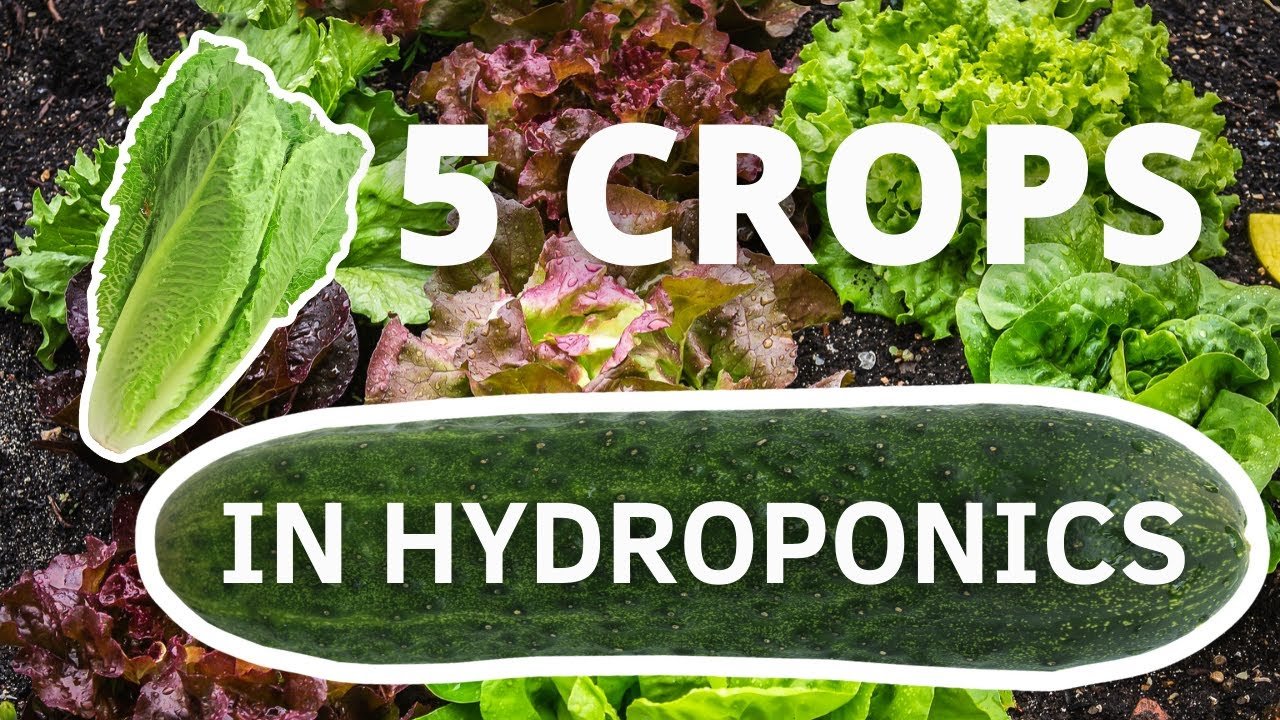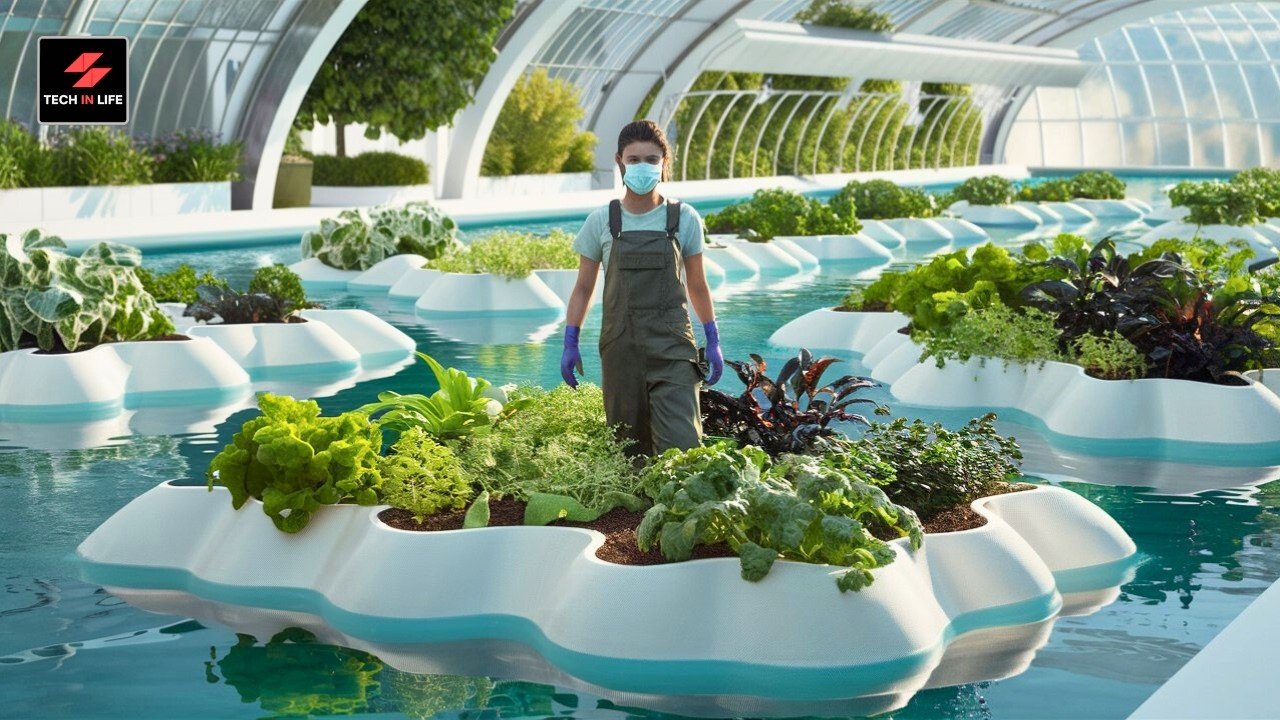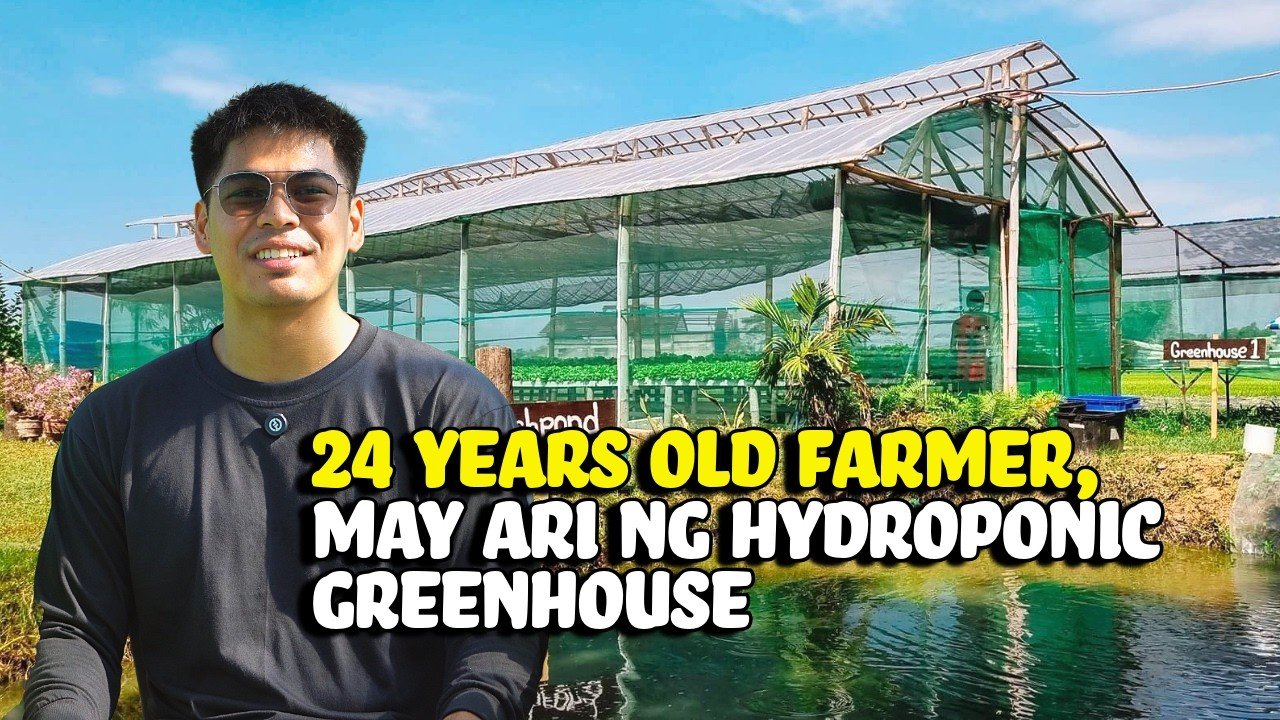My Aquaponics Adventure: Pools, Fish, and a Whole Lot of Mistakes
Sipping my lukewarm coffee on a crisp fall morning, I can’t help but chuckle at the memories of my foray into aquaponics. It’s not every day that a backyard enthusiast like myself jumps into the deep end of urban farming, but there I was, armed with dreams of sustainable living—and a rusty old wheelbarrow tucked away in my shed.
The Beginning
I had always been fascinated by the idea of growing my own food. Living in a small town feels great most of the time, but I couldn’t shake off the pesky thought of where my vegetables were coming from. One night, after devouring one too many episodes of a documentary on sustainable practices, I decided, “Why not combine fish and plants?!" It sounded brilliant on paper. A self-sustaining ecosystem right in my backyard.
I put together a plan, a hodgepodge of ideas and YouTube videos—most of which went in one ear and out the other. I was determined to build my own aquaponics system with what little cash I had. Well, that’s a lie. I spent more than I intended at the local hardware store; I might have to start selling some of my kids’ toys to fund my bright idea.
The Setup
Armed with PVC pipes and a pump I’d scavenged from a neighbor’s trash, I set to work. The first challenge? Finding tanks. I tried some random plastic barrels from the local recycling center, but they were just a bit too big. After scouring the shed, I unearthed a dusty old fish tank we’d stopped using years ago. Score!
I decided to go with tilapia because I read they were hardy fish and could handle mistakes with grace—something I desperately needed. The day I brought them home from the pet store, I felt like a proud parent. I thought, “This is going to work!” I set up my tank, filled it with water, and let my fish swim happily while I built the growing beds right above, filled with gravel I grabbed from an old project.
Oh, the Smells!
For weeks, the setup seemed to hum along smoothly. I even got some basil and tomatoes growing; the smell of fresh herbs wafting through the air made my heart sing. That was the moment I thought I had nailed it. But, as with all great stories, the bubble burst hard.
After a couple of weeks, I noticed the water starting to develop a strange green hue. I panicked. I tried everything short of dumping in a bottle of bleach (thankfully, I stopped myself before reaching for that). It turned out I had a serious algae issue—who knew? The pump I had scavenged wasn’t cycling the water enough, and the sunlight pouring in from my backyard was gnawing away at the clarity of my water.
A Dark Turn
As I tried to fix my clogged filter with a paintbrush I grabbed from the tool shed, I became more frustrated. One evening, while peering into the murky depths of the tank, I saw that one of my tilapia was floating. My heart sank. I thought I had killed them all by allowing the water to get so out of control.
To my surprise, my neighbor—the same one who’d offered me the faulty pump—popped over to check on me. “You can’t grow fish and plants like a side gig,” he said, chuckling. “You’ve gotta put your heart into it.” A simple yet profound truth. I needed to understand the balance of the ecosystem more than I needed a perfect fish tank.
With renewed determination, I started reading everything I could find about water quality and filtration. I made peace with the algae, partly because it seemed to love the sunlight, and I reluctantly learned how to clean it up. I also did my best to strengthen the water flow. The lessons came slowly, just like that gnarled old tree in my front yard—the one that keeps growing despite all odds.
Profound Simplicities
As weeks turned into months, I eventually reached a sort of harmony. I learned how different plants influenced each other, how fish produced nutrients for the plants, and vice versa. I even started composting scraps from the kitchen to add a little magic to the mix. It’s strange how much I grew as a person alongside the basil and tilapia. I realized that the secret didn’t lie in avoiding mistakes but embracing them.
One unexpected day, I even noticed my first bloom on a tomato plant—bright red, thriving, and mingling with the fish tank’s reflections. I couldn’t help but smile broadly each time I snipped some basil for dinner.
Lessons Learned in the Backyard
If you’re thinking about diving into aquaponics, don’t go in expecting perfection. You will make countless mistakes, and many fish might become an unfortunate part of the learning curve. That’s certainly where I stood, staring into what felt like a black pit of failure at times. But here’s the truth—each mishap taught me more than any YouTube tutorial ever could.
And honestly, as I sit here on my porch with my coffee, a thriving ecosystem bubbling away in the backyard, I say: Just start. It doesn’t have to be perfect. You will figure it out as you go—every green thumb, every forgotten pump, and every floating fish becomes part of your story.
Speaking of stories, if this has stirred a bit of curiosity or excitement in you, why not join the next aquaponics session I’ll be hosting? Let’s share our experiences and laugh at our mistakes together. It’s like coffee with friends, but you get to walk away with a little knowledge and maybe a few plants of your own. Reserve your seat here!







Leave a Reply